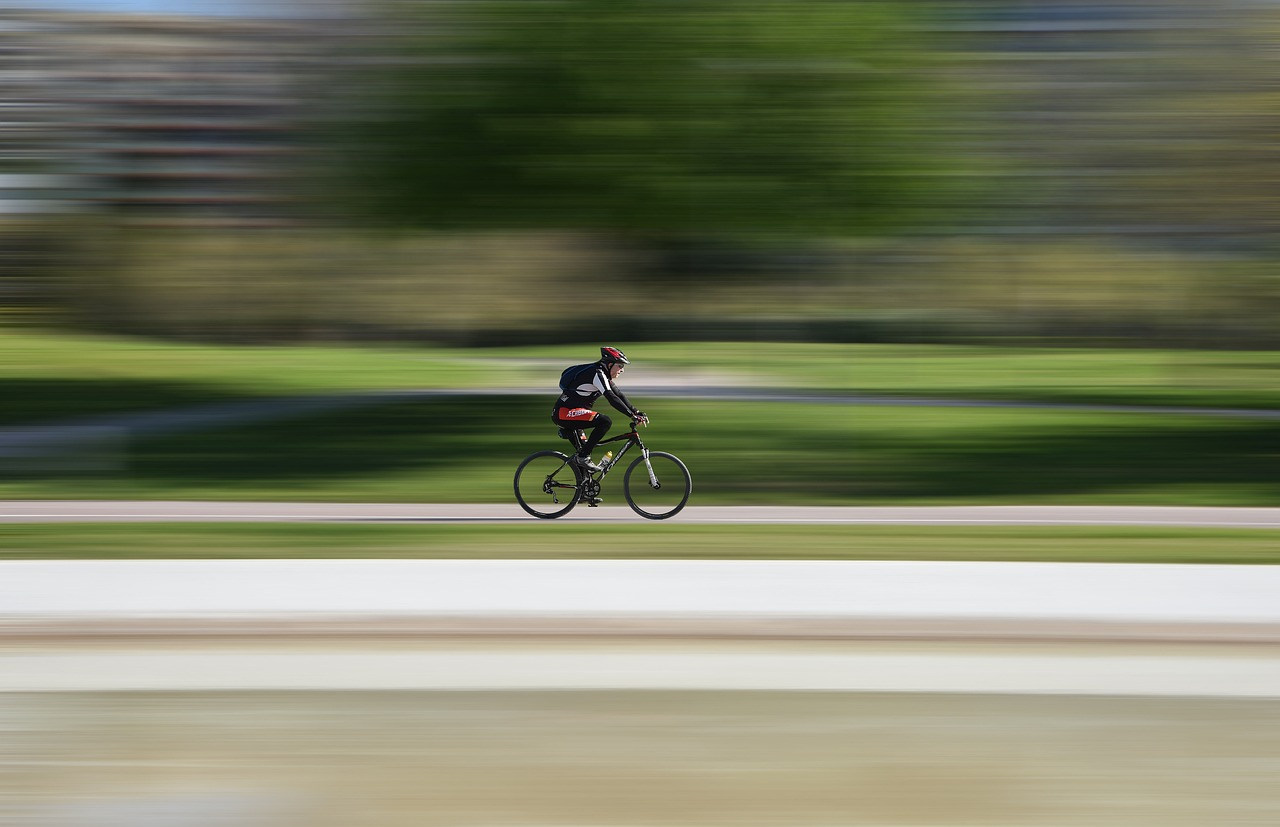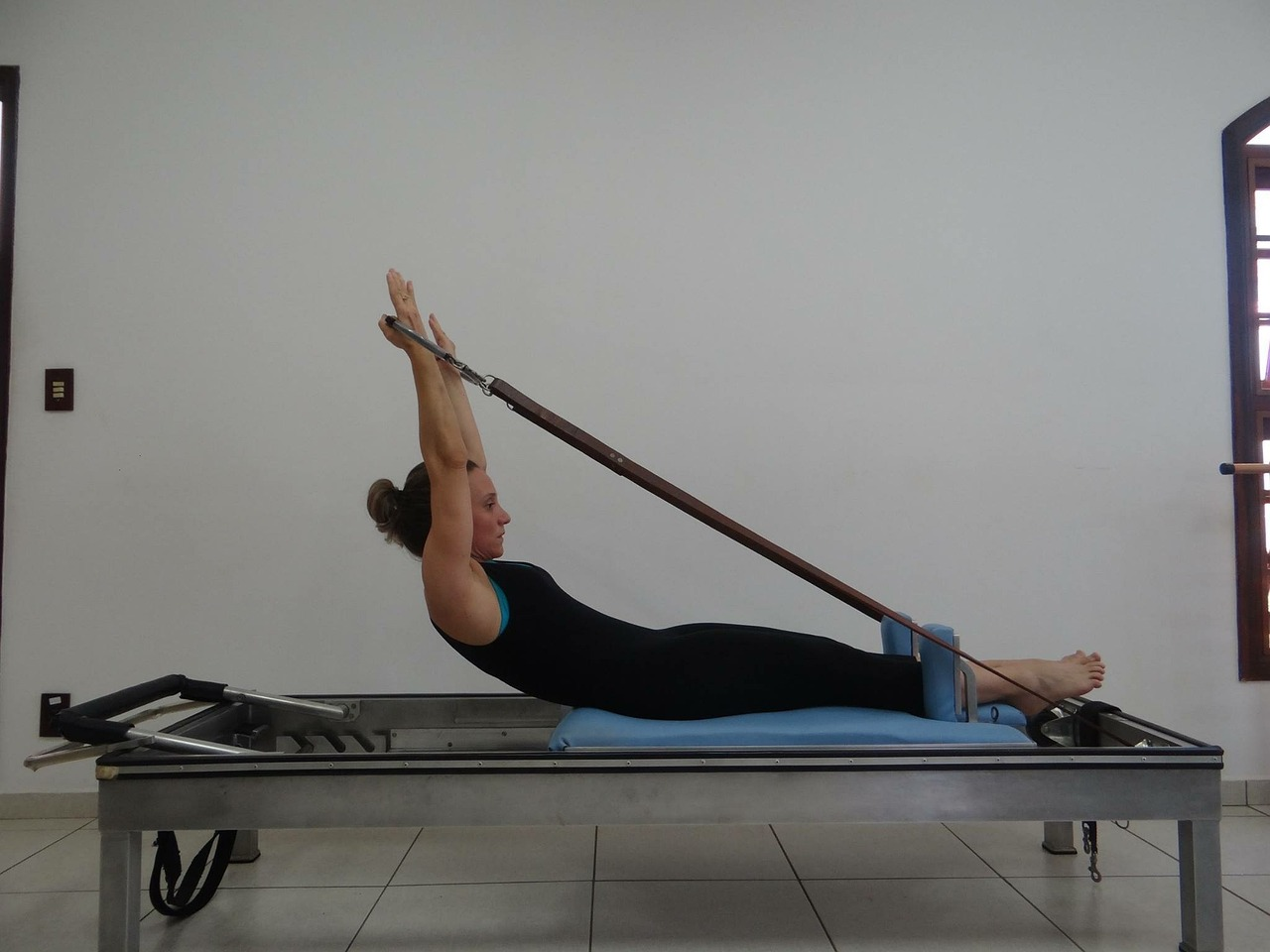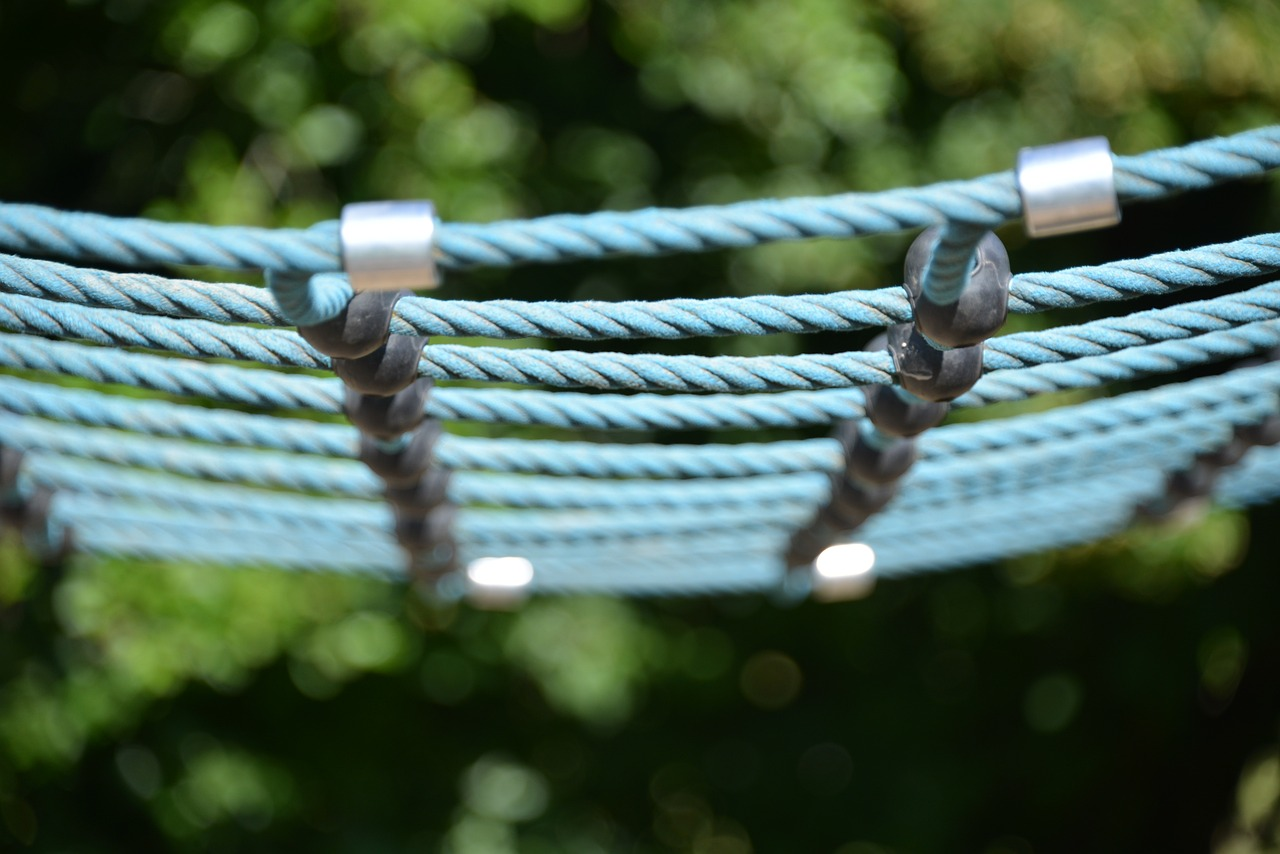
The concept of physical literacy is gaining global recognition in policy, education, sport, recreation and health. Its increasing status is owed to its potential to promote an active lifestyle, cultivate the confidence and competence to engage in diverse range of activities, deepen the understanding of movement, and develop a more holistic appreciation of health and well-being. If you’re wondering what the term really means, read on to find out more.

The definition of physical literacy
There are many definitions of physical literacy, sometimes resulting in confused interpretations. The most commonly used definition in the United Kingdom and beyond is provided by the International Physical Literacy Association, which summarises physical literacy as:
“the motivation, confidence, physical competence, knowledge and understanding to value and take responsibility for engagement in physical activities for life.” (IPLA, 2017)
Other definitions have been provided such as the Australian Physical Literacy Framework‘s current definition, which is as follows:
“Physical literacy is lifelong holistic learning acquired and applied in movement and physical activity contexts. It reflects ongoing changes integrating physical, psychological, social and cognitive capabilities. It is vital in helping us lead healthy and fulfilling lives through movement and physical activity. A physically literate person is able to draw on their integrated physical, psychological, social and cognitive capabilities to support health promoting and fulfilling movement and physical activity – relative to their situation and context – throughout the lifespan.” (Sport Australia, 2019)
The Society for Health and Physical Educators SHAPE America defines physical literacy as:
“the ability to move with competence and confidence in a wide variety of physical activities in multiple environments that benefit the healthy development of the whole person” (SHAPE America, 2014)
Despite the variation in definitions, they demonstrate a common consensus that physical literacy encompasses the ability to move with competence and confidence in a variety of physical activities and environments.

Key components of physical literacy
The key components of physical literacy include:
- Physical Competence: Including but not limited to fundamental movement skills, motor skill development such as coordination, agility, and control of body movements and physical fitness. These skills are essential for participating in various physical activities.
- Knowledge and Understanding: Nurturing physical literacy involves developing an understanding of the benefits of regular physical activity, an awareness of the role of physical activity in promoting overall health and well-being and the knowledge of movement principles.
- Motivation and Confidence: Physical literacy is not just about physical skills or cognitive understanding; physical literacy also highlights the importance of enjoyment, confidence and motivation to engage in a variety of physical pursuits.
- Social Connection: Some physical literacy frameworks also highlight the importance of social connection and the personal connection/value attributed to engaging in physical activity.

Creating positive opportunities
These components play an essential role in how we move (physical), connect (social), think (cognitive) and feel (affective) during movement in a variety of environments so that we develop a lifelong relationship with physical activity (Sport England, 2023). Physical literacy recognises that interactions with people, communities, cultures and spaces play a crucial role in positive and meaningful experiences of movement and physical activity.
The foundations of physical literacy
Its philosophical roots lie in monism, existentialism and phenomenology, which contribute to its personalised and holistic emphasis on experience and embodiment. Psychology has provided the theory behind the need to develop confidence and motivation. Neuroscience has evidenced the links between cognitive growth and skill development. From a social justice lens physical literacy has been recognised as both a human capability and a human right. Ultimately, these foundations seek to ensure that experiences are meaningful, positive and inclusive for each individual.

Recognising every individual’s potential
Physical literacy is relevant for everyone. It is a holistic and personalised concept that nurtures individual strengths and needs in a wide range of activities that involve movement. These activities may extend beyond sport to recreation, play, lifestyle and transport and will play their part in each unique physical literacy journey.
Developing physical literacy in your PE curriculum
The role of physical education teachers is vital in creating positive learning environments that nurture a lifetime of engagement in physical activity. Nurturing physical literacy in students entails integrating a holistic approach to movement development including the physical, cognitive, affective and social domains. These goals encompass age-appropriate activities, ensuring enjoyable experiences, establishing challenging yet achievable targets, empowering students in decision-making, prioritising the learning process, and offering continuous encouragement. Educators can further draw upon the TARGET principles (Task, Authority, Recognition, Grouping, Evaluation, Timing) to steer the adoption of climate of mastery-oriented goals.
Physical literacy can counter societal pressures and challenge stereotypical gender norms perpetuated by sport. In the school context, physical literacy contributes to unlocking participants’ embodied potential, cultivating a dedication to an active lifestyle, instilling confidence to explore diverse activities, deepening understanding of movement and activity, nurturing a holistic comprehension of health, and promoting personal responsibility for overall well-being.

Understanding physical literacy: find out more
Blogs
Look out for next week’s blog on the four components of Physical Literacy
In-depth reads into physical literacy
Some great reads that explain the concept further:
- Physical Literacy: A Guide for Educators
- Journal of Sport and Health Science – Special issue on physical literacy
A physical literacy enriched PE curriculum
If you would like to know more about how to incorporate physical literacy into your PE curriculum, you may be interested in these links:
- Physical Literacy for Schools
- Operationalising Physical Literacy through Sport Education
- Promoting Purposeful Physical Play in the Early Years through Physical Literacy
Evidence-based practice
For research on the value of physical literacy enriched curriculum, please read here:
- Effects of a Sports-Oriented Primary School on Students’ Physical Literacy and Cognitive Performance
- Agility as a predictor of physical literacy, activity levels and sport involvement
- Associations between previous sport and exercise experience and physical literacy elements among physically inactive Danes
Listen to the experts
This podcast with physical literacy expert, Dr Elizabeth Durden-Myers is an essential listen:
Physical literacy and the Combination Lock on spotify or apple


[…] What is Physical Literacy? […]
[…] What is Physical Literacy? […]
[…] What is Physical Literacy? […]